Gallery: Ancient Egypt Cemetery Reveals Season of Sex
Ancient cemetery
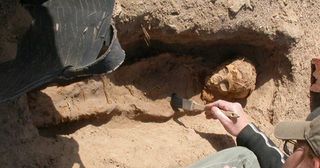
A team of researchers, excavating a cemetery at the Dakhleh Oasis in Egypt, have uncovered the peak periods for ancient Egyptian conceptions and births. The peak period for conceptions was in July and August (when the weather was hottest), and the peak period for births was in March and April. These patterns may be related to beliefs regarding the flooding of the Nile, which began in June. Here, the burial of a child found in the cemetery.
Mom and infant
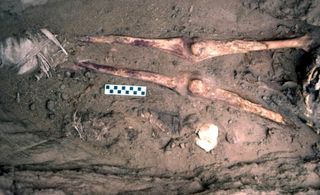
An adult female with an infant buried beside her leg. The excellent preservation of human remains at the site allowed researchers to determine how many developmental weeks juveniles were when they died.
Eroding graves

The cemetery the researchers are exploring is located near the ancient town of Kellis. Researchers have uncovered 765 graves so far from the site, including 124 infants who died between 18 weeks and 45 weeks after conception. The graves of the people were oriented toward the rising sun, allowing researchers to tell which month people died. In this photo the remains of tomb structures on the surface can be seen. They are now heavily eroded from the wind and passage of time.
Baby season
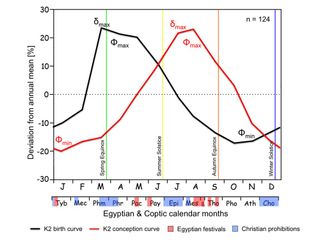
This chart shows how the rate of conceptions (red) and births (black) changed at the ancient Egyptian site over the course of the year (Egyptian months at bottom of chart). March and April births were 20 percent above average, with conceptions being 20 percent higher in July and August. The red sections represent Egyptian festivals and the blue sections periods of early Christian sexual prohibitions, such as at Advent and Lent.
Dakhleh Oasis
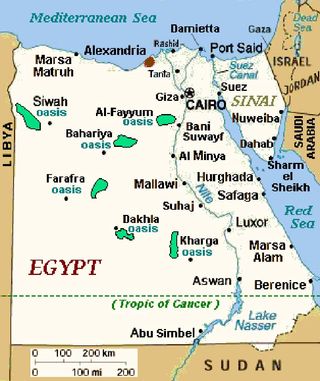
A map of Egypt's Oases, the Dakhleh Oasis can be seen on the lower left. It is located about 450 miles (720 km) southwest of Cairo.
Ruins of Kellis
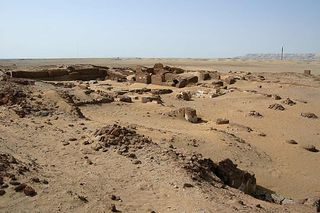
Here, the ruins of Kellis, also known as Ismant el-Kharab, which is located in the Dakhleh Oasis. In antiquity it had a population of at least several thousand. The site was abandoned for unknown reasons around A.D. 400.
Spreading Christianity
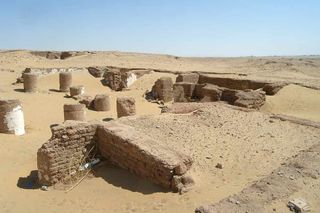
The site of the cemetery existed at a time when Christianity was spreading in Egypt. This image shows the remains of a great church. The spread of Christianity appears to have had an effect on conception and birth cycles at the site. Conception dipped to 20 percent below average in January, a time close to both Advent and Lent when early Egyptian Christians were supposed to abstain from sex.
Sign up for the Live Science daily newsletter now
Get the world’s most fascinating discoveries delivered straight to your inbox.
Kellis Temple
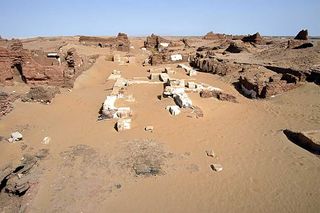
Although Christianity was spreading in Egypt, traditional religious beliefs were still strong. This image shows the remains of a temple at Kellis.

Owen Jarus is a regular contributor to Live Science who writes about archaeology and humans' past. He has also written for The Independent (UK), The Canadian Press (CP) and The Associated Press (AP), among others. Owen has a bachelor of arts degree from the University of Toronto and a journalism degree from Ryerson University.











